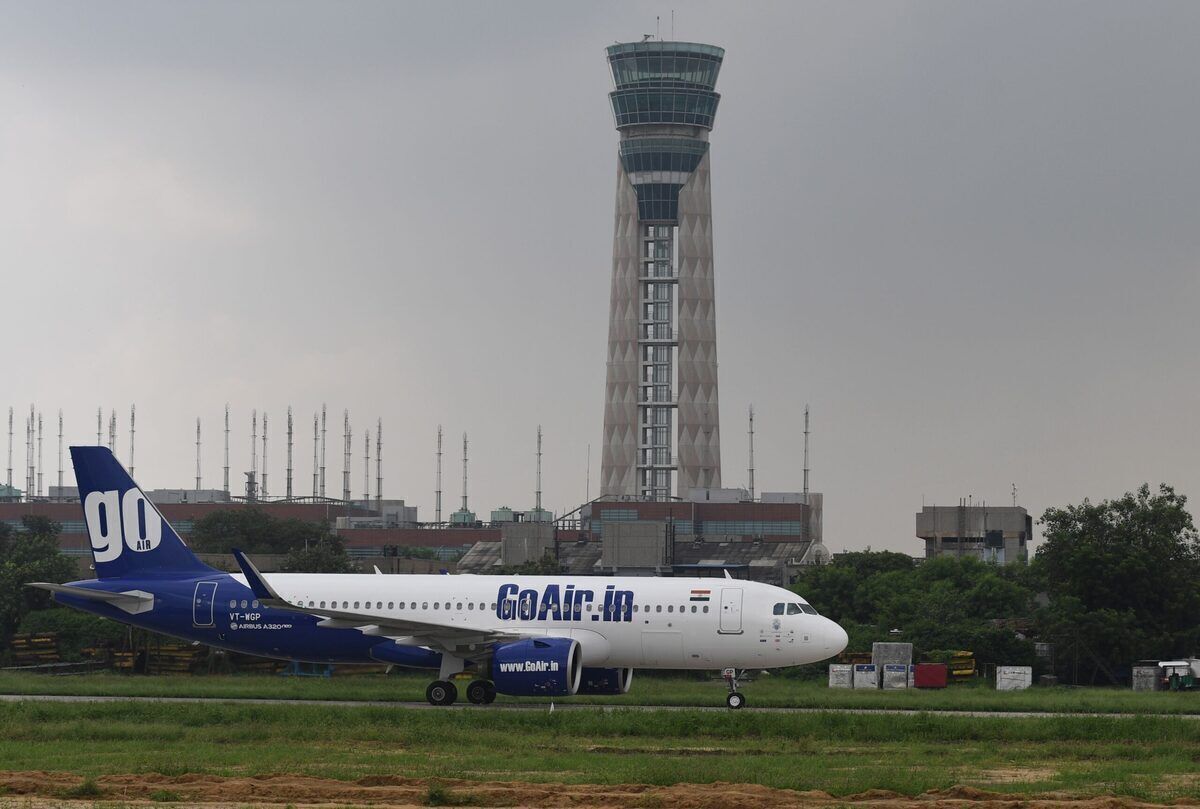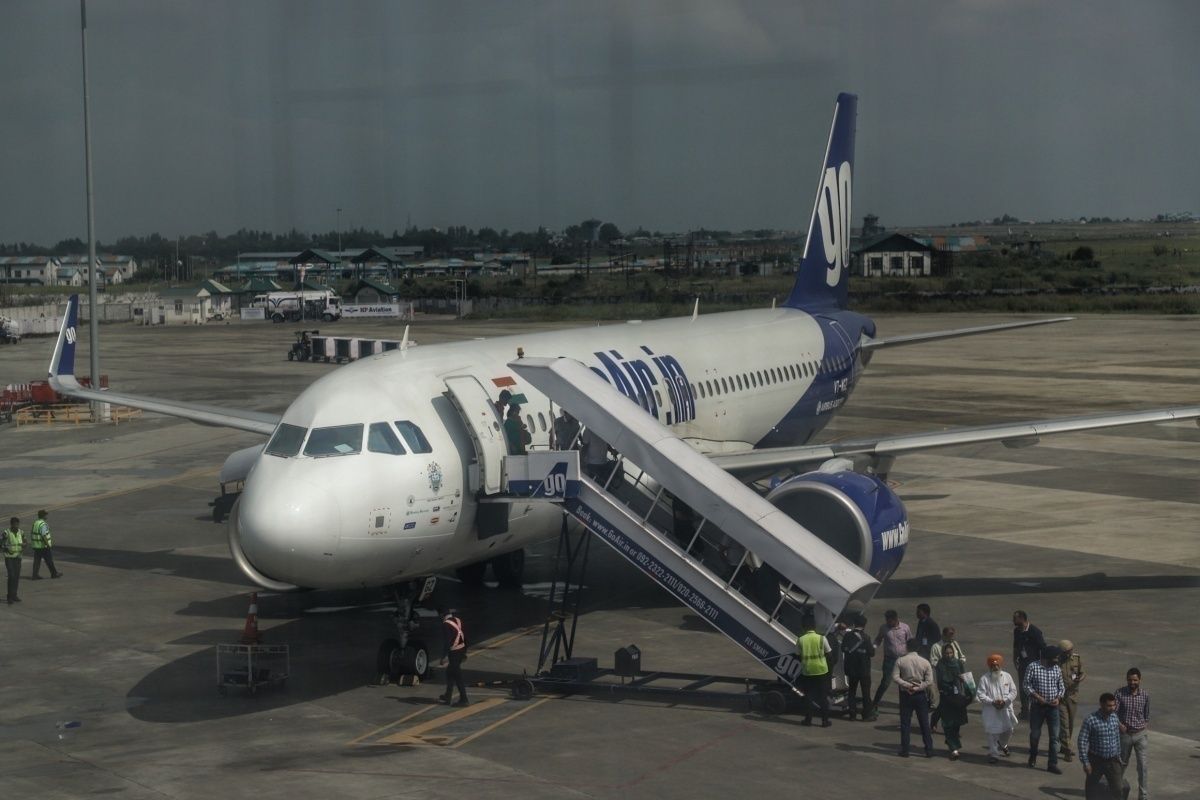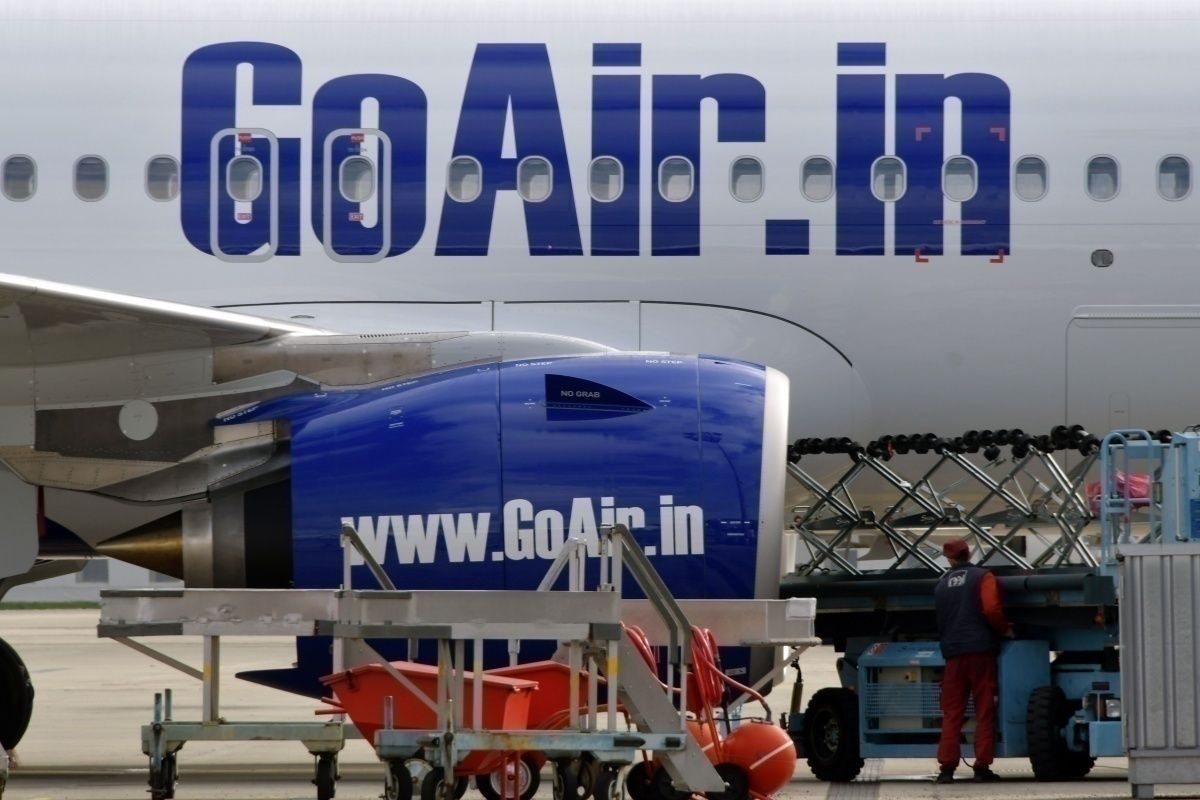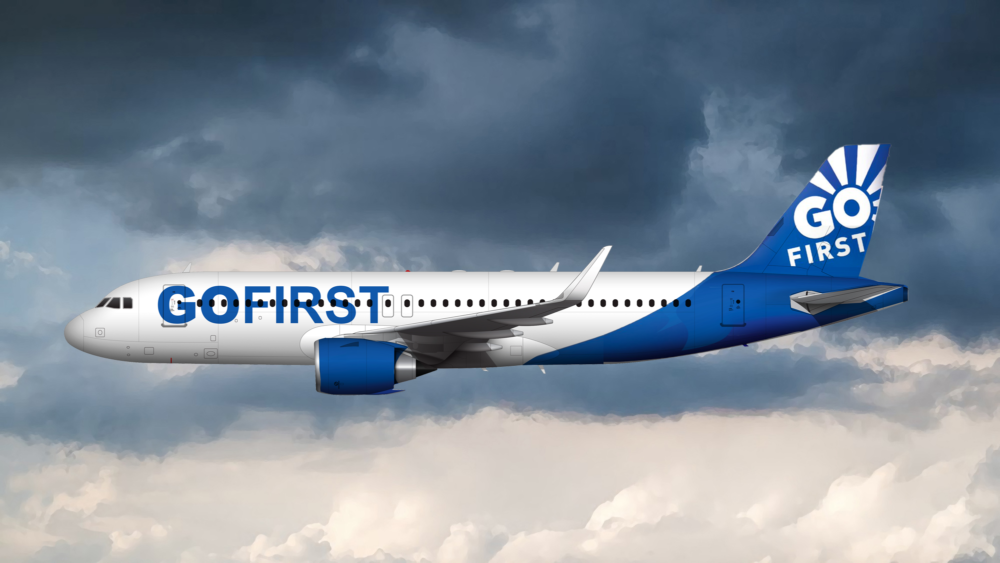Go First is an Indian budget airline with its headquarters in Mumbai. Owned by the Indian business conglomerate Wadia Group, the airline operates an all-Airbus A320 fleet to 38 destinations in India and abroad. As of 2021, it is the third-largest budget airline in the country, behind IndiGo and SpiceJet. Apart from Mumbai, some of the airline's other bases include Delhi, Bengaluru, Chennai, and Hyderabad.
Go First was established in 2004 as a low-cost carrier GoAir. Owned by one of Indian's oldest conglomerates Wadia Group, the airline began operations in 2005 with a single Airbus A320 aircraft. As of 2021, the carrier's fleet has grown to 57 A320 airplanes, most of which are the NEO versions.
After 15 years of operations, the airline rebranded itself in 2021 and changed its name to Go First in an attempt to become India's first ultra-low-cost carrier. Soon after its rebranding, Go First also received permission for an IPO, making it the fourth airline in India to be publicly listed after IndiGo, SpiceJet, and former Jet Airways.
Growth over the years
The carrier, then called GoAir, started around the same time as SpiceJet. Back then, Jeh Wadia of the Wadia Group was looking to either invest in SpiceJet, the recently-launched Air Deccan, or start his own airline altogether. In November 2005, the carrier flew its first flight using an A320 between Mumbai and Ahmedabad.
Get your boarding pass to the flight of the year. The Future Flying Forum is taking off soon!
Even with an early entry into the Indian LCC market, GoAir didn't quite expand aggressively like some of its competitors did. By 2011, it was operating 10 A320s, and the same year it placed an order of 72 Airbus A320 airplanes worth $7 billion. In contrast, IndiGo, which started operations a year after GoAir, had already placed an order with Airbus for 180 A320s.
Despite its relatively small size, the carrier has almost consistently turned a profit until 2019. Over the years, its network expanded gradually, with its first international flight between New Delhi and Phuket, Thailand on October 11th, 2018. By 2020, its international destinations grew to 10 but restricted to a narrowbody range of South East Asia and the Middle East.
In November 2019, keeping in mind its future growth, the carrier placed a firm order of 144 P&W GTF engines to power its 72 A320s that would join its fleet in the years to come. But despite these attempts, the airline has not been able to capture the market share it had initially hoped for.
Over the years, Go First has struggled to keep its top management stable. As reported by the Economic Times, at least seven CEOs have left the airline in the last 15 years, sometimes with gaps in between. Some of them made rather quick exits, not even serving the company for one year.
Rebranding and IPO offering
Despite not very high revenues, the airline managed to stay profitable for quite a few years. However, Go First's last profitable year was 2019, and since then the carrier has been struggling financially. It couldn't cope with pandemic-induced restrictions with its low market share and negligible international flights and had to look for other ways to stay afloat.
In May 2021, the carrier announced its new name Go First, and a rebranding strategy that tilted towards a ULCC model. An initial public offering soon followed in order to raise approximately ₹3,600 crores ($491 million).
It remains to be seen to what extent these strategies will help Go First in the long run. While the Indian LCCs already offer competitive fares and features such as optional meals, the extent of unbundling of fares required for a ULCC model hasn't been experimented with in India so far. As reported, the DGCA did relax its rules for unbundling fares in February this year, but only time will tell how Indian passengers react to this model. Go First's IPO was also more to eradicate debt rather than for future growth – something that investors will think of before parting with cash.
While Go First has been making changes to its business strategy to stay afloat, we will have to wait and see how much of an impact it makes on the carrier's long-term growth, especially with all the changes predicted in Indian aviation in the next couple of years.




